7 Irresistible Italian Oil Seasoning Tips (Plus a Flavor Chart to Save Your Pasta Night)
Are you tired of the same old pasta routine? You’re not alone. While spaghetti and meatballs are a classic combo, there’s a whole world of flavor hiding in your pantry — specifically, in the form of Italian oil seasoning. From rosemary to Calabrian chili, these blends can transform your meals from "meh" to magnificent.
In this article, we’ll explore everything you need to know about Italian oil seasoning: how to make it, how to use it, and why it should be your kitchen MVP. Along the way, we’ll throw in some fun facts, pro tips, and a handy flavor comparison chart to keep things spicy — literally!
Table of Contents
- What Is Italian Oil Seasoning?
- Why You Need It in Your Kitchen
- How to Make Your Own Italian Oil Seasoning
- Flavor Profile Comparison Chart
- Pro Tips for Using Italian Oil Seasoning Like a Chef
- Pairings & Recipes That Will Blow Your Mind
- Common Mistakes to Avoid
- FAQ Section
What Is Italian Oil Seasoning?
If you’ve ever ordered bruschetta or seen a bottle labeled "olio aromatizzato" at the store, you’ve encountered Italian oil seasoning. In essence, it’s olive oil infused with aromatic ingredients like garlic, herbs (such as basil, oregano, thyme), dried chilies, citrus zest, or even truffle shavings.
The infusion can be done through cold steeping or low heat methods, depending on the intensity desired. The result? A fragrant, flavorful oil that enhances everything from salads to grilled meats.

Why You Need It in Your Kitchen
Let’s face it — convenience and flavor are two things every home cook craves. Here’s why Italian oil seasoning is a must-have:
- Instant Flavor Boost: No chopping, no sautéing — just drizzle and done.
- Versatility: Use it in dips, marinades, dressings, and even desserts (we’re looking at you, chocolate-chili olive oil gelato).
- Shelf Stability: Infused oils last longer than fresh herbs and add depth without taking up fridge space.
- Chef-Level Finish: Restaurants often finish dishes with infused oils to elevate flavor profiles — now you can too!
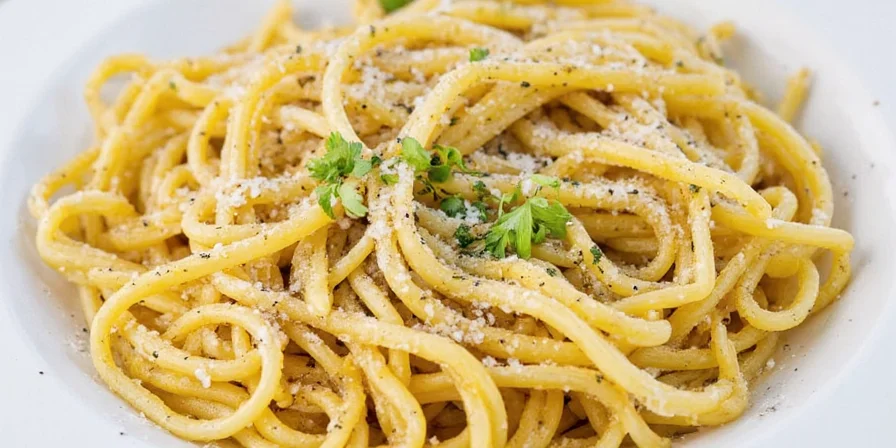
How to Make Your Own Italian Oil Seasoning
Buying pre-made infused oils can be expensive, and sometimes they contain preservatives. The good news? Making your own is super easy, customizable, and budget-friendly.
Basic Ingredients
- High-quality extra virgin olive oil
- Fresh or dried herbs (rosemary, thyme, oregano, basil)
- Garlic cloves (peeled and smashed)
- Dried chilies (Calabrian or crushed red pepper)
- Citrus zest (lemon, orange, or blood orange)
- Optional: black peppercorns, bay leaves, fennel seeds, or truffle salt
Instructions
- Choose your base oil (EVOO is best for authenticity).
- Prepare your flavoring agents: wash and dry herbs, peel and smash garlic, crush chilies slightly.
- Combine ingredients in a sterilized glass jar or bottle.
- Pour oil over the top, making sure all ingredients are submerged.
- Seal tightly and store in a cool, dark place for 5–10 days.
- Strain before use (optional) or leave the solids in for more visual appeal.
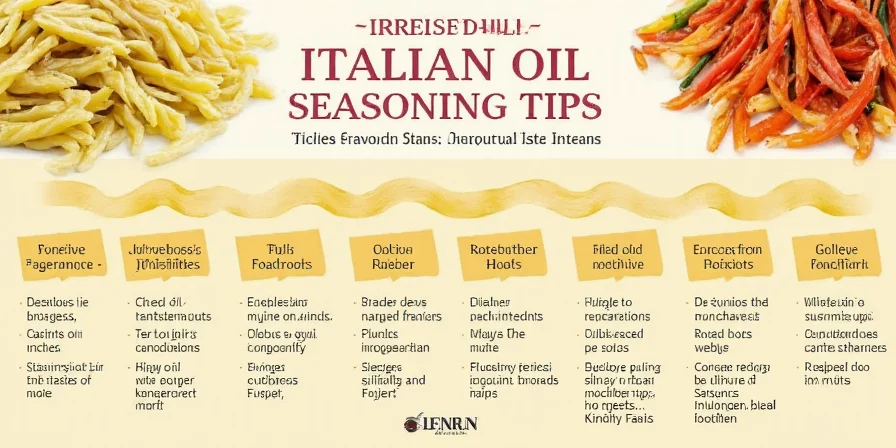
Flavor Profile Comparison Chart
Choosing the right combination can be overwhelming. To help you decide, here's a breakdown of popular Italian oil seasoning profiles:
| Flavor Combination | Primary Notes | Best For | Heat Level |
|---|---|---|---|
| Garlic + Rosemary | Earthy, savory, woodsy | Bread dipping, roasted vegetables | Low |
| Chili Flakes + Lemon Zest | Spicy, bright, zesty | Pizza, seafood, pasta | Moderate |
| Thyme + Bay Leaf + Black Pepper | Herbal, warm, peppery | Grilled meats, soups | Low |
| Oregano + Fennel Seeds | Robust, anise-like | Sausage dishes, tomato sauces | Low |
| Truffle Salt + Thyme | Umami-rich, luxurious | Polenta, risotto, mashed potatoes | Low |
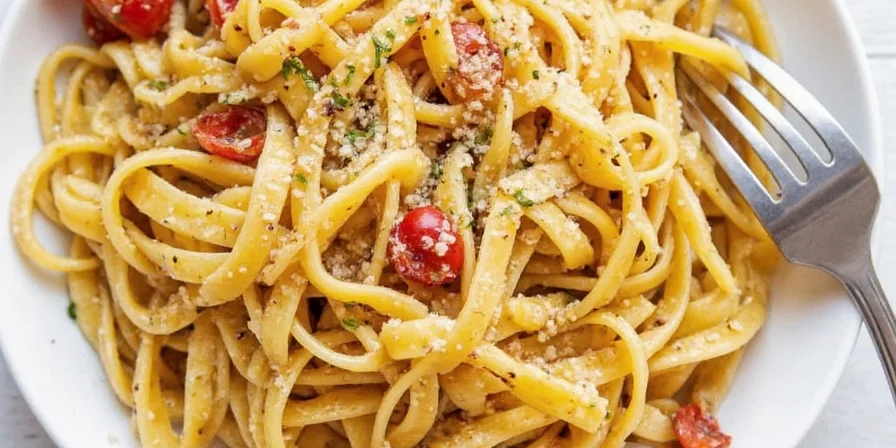
Pro Tips for Using Italian Oil Seasoning Like a Chef
Want to impress guests or simply take your cooking game to the next level? These pro tips will turn you into an Italian oil wizard:
- Finish with flair: Always drizzle infused oil at the end of cooking to preserve volatile flavors.
- Don’t go overboard: A little goes a long way — start with one teaspoon and adjust as needed.
- Warm it gently: If using on bread or warm dishes, briefly heat the oil to release more aroma.
- Use creative pairings: Try lemon-garlic oil on grilled peaches or chili-infused oil on popcorn.
- Store smartly: Keep bottles away from heat and light to maintain freshness and prevent oxidation.
- Label and date: Track what’s inside and when you made it to avoid mystery oils lurking in your cabinet.
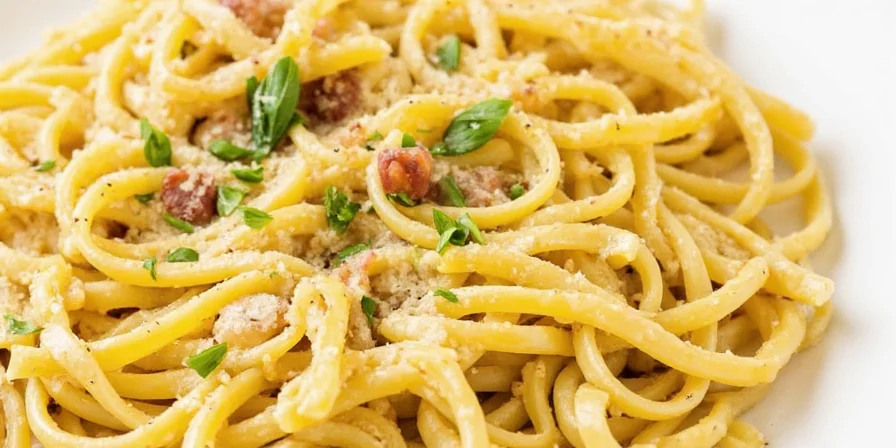
Pairings & Recipes That Will Blow Your Mind
Ready to put your new oil seasoning skills to work? Here are some drool-worthy ideas:
- Garlic-Rosemary Oil + Crusty Bread: The ultimate dip duo. Add flaky sea salt for extra texture.
- Chili-Lemon Oil + Spaghetti Aglio e Olio: Kick up this simple dish with a burst of citrus heat.
- Truffle-Thyme Oil + Mushroom Risotto: Take comfort food luxury to another level.
- Fennel-Oregano Oil + Sausage Pizza: A match made in flavor heaven.
- Thyme-Bay Oil + Roasted Carrots: Bring warmth and earthiness to veggie sides.
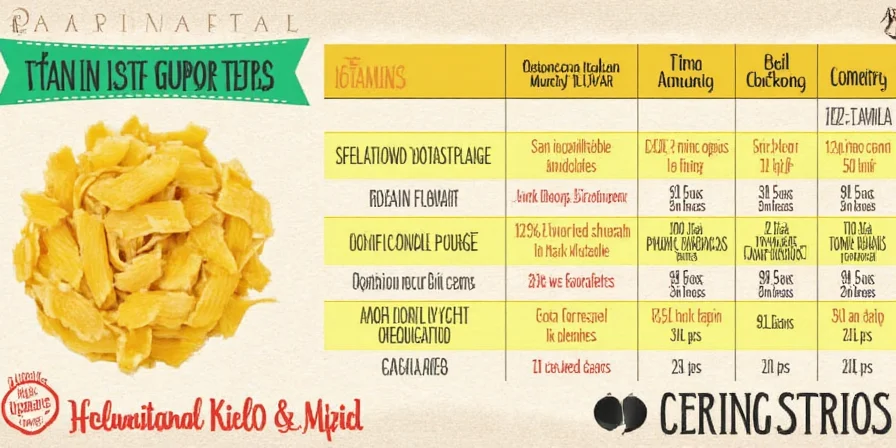
Common Mistakes to Avoid
Even seasoned cooks can slip up. Avoid these common pitfalls when working with Italian oil seasoning:
- Using low-quality oil: Infusing cheap oil won’t magically make it taste better — start with something you’d happily eat straight.
- Overloading flavors: Too many spices can clash. Stick to 2–3 dominant notes per batch.
- Storing improperly: Don’t keep infused oils near your stove or in direct sunlight — they’ll go rancid faster.
- Ignoring moisture: Make sure all ingredients are completely dry before adding to oil — moisture = bacteria risk.
- Not tasting regularly: Sample your oil after 3–5 days to ensure the flavor doesn’t become overpowering.
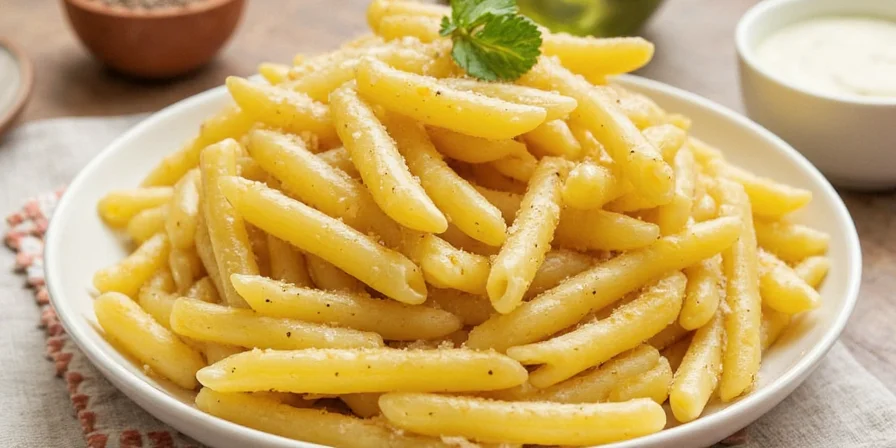
Frequently Asked Questions
Can I reuse the herbs/spices after infusing?
Technically yes, but their potency diminishes after infusion. They may still be usable in broths or rubs but won’t contribute much flavor.
How long does homemade Italian oil seasoning last?
Typically 1–3 months if stored properly. Citrus-based oils have shorter shelf lives due to natural oils breaking down faster.
Is it safe to use fresh herbs in oil?
Yes, as long as they’re thoroughly dried. Moisture can lead to botulism growth in low-acid environments like oil.
Can I mix multiple herbs in one batch?
Absolutely! Just be mindful of strong-flavored herbs (like rosemary) overpowering subtler ones (like thyme). Balance is key.
Should I strain the oil before bottling?
This is personal preference. Straining gives a cleaner look and prevents particles from settling, but leaving them in adds visual charm.
Can I use other oils besides olive oil?
You can, but olive oil is traditional for a reason — it holds flavors well and has a naturally rich mouthfeel. Sunflower or grapeseed oil can work in a pinch.
Conclusion
Italian oil seasoning isn’t just a pantry staple — it’s a culinary shortcut with serious flavor impact. Whether you're dressing up a weeknight pasta or impressing guests with a drizzle of truffle-thyme magic, mastering infused oils opens the door to endless possibilities.
So grab a bottle, gather your favorite herbs, and get ready to season like a true Italian nonna (or chef!). With our flavor chart, pro tips, and recipes in hand, you’re well on your way to becoming an infused oil guru.
Now go forth and season boldly — your tastiest meal is just a drizzle away!
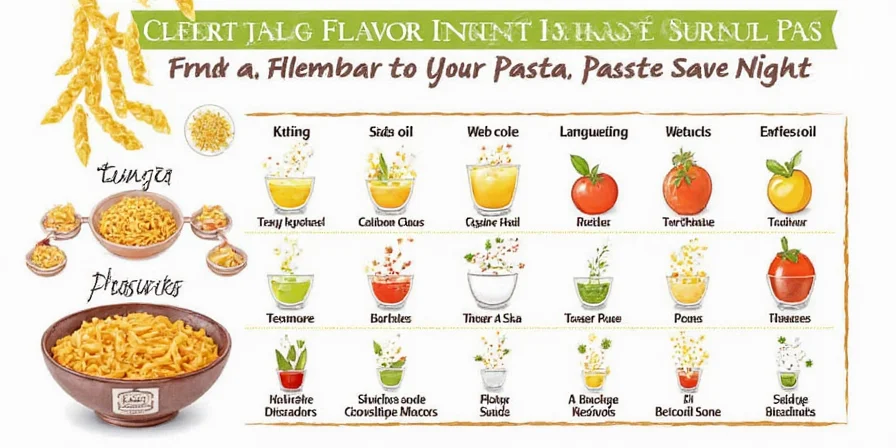

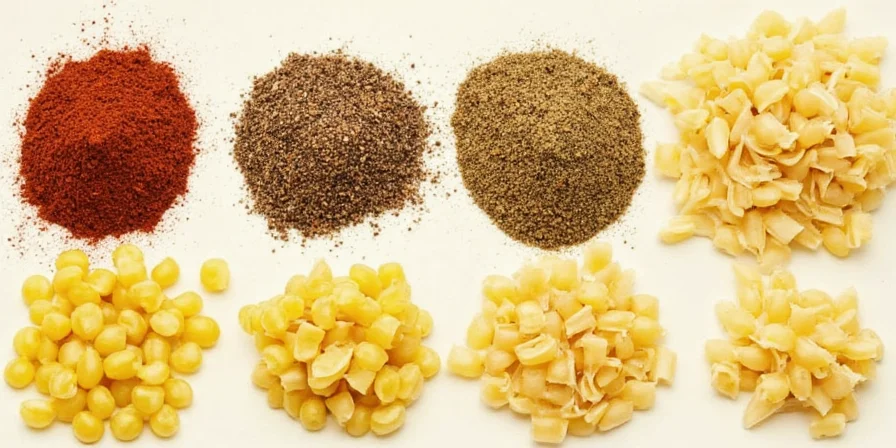









 浙公网安备
33010002000092号
浙公网安备
33010002000092号 浙B2-20120091-4
浙B2-20120091-4